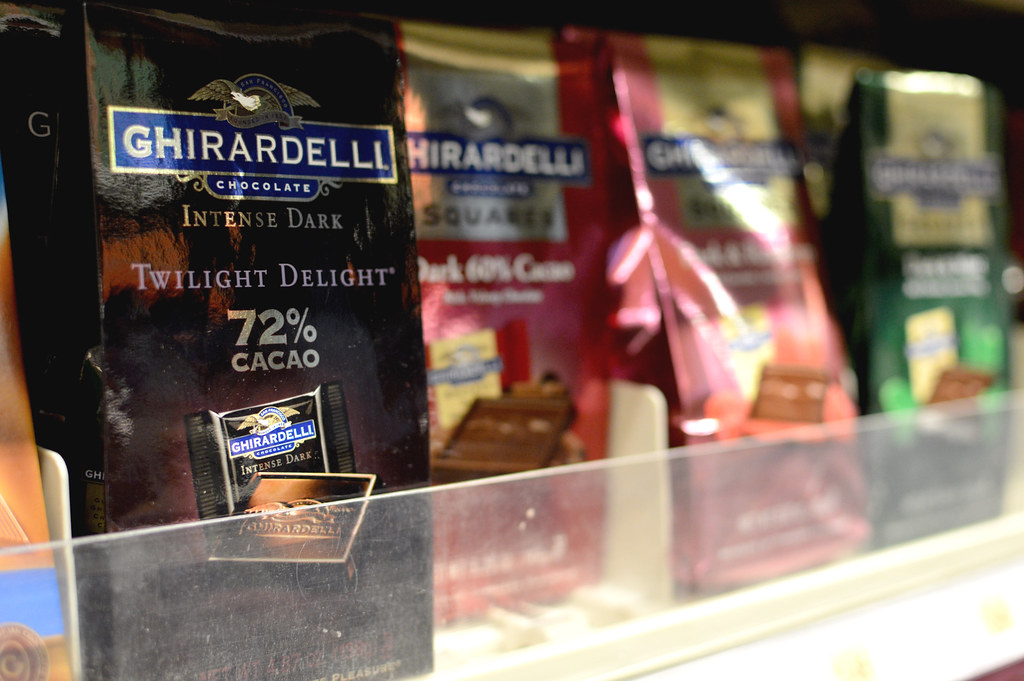Food scientists at Oxford University recently found out something ground-breaking; sound affects how you taste. Their study had volunteers rate the bitterness of a cinder toffee when listening to high-frequency sounds and low-frequency sounds. London’s restaurant, House of Wolf, took it a step farther, in corroboration with food artist Caroline Hobkinson, to test what real restaurant-goers would experience when played the same tones while eating a “sonic cake pop.”
Here’s what these two studies found; high tones were associated with sweetness while low tones were associated with bitterness, even though the same dessert was eaten! You can even try it for yourself with your morning cup o’ Joe or a chocolate bar. Okay, so totally cool. Then we thought, what would happen if we gave a bunch of college students live music and chocolate? Would we get the same results?
We joined forces with MIF (Music Interest Floor) and DLH (Douglass Leadership House) to pull this thing off. MIF recruited a wide array of acoustic, a capella and instrumental performers to keep the night grooving down at DLH. We had those who attended the coffeehouse event to pick two pieces of chocolate and two musical acts, then eat one piece during the first act, write down what they tasted and repeat during the second act. After a night of incredible performances and too much chocolate, we sat down and took a look at our results:
Two-thirds of the students reported the chocolate tasted different when listening to different acts.
Now were these results consistent with what we expected from the previous studies? Because the questions were more qualitative than quantitative it can be somewhat hard to tell, but in most cases it seems like the answer was, yes!
Instruments seem to have their own “flavors.”
- Flute: sharp, tangy
- Drums: bitter
- Guitar: creamy, buttery, milky
A flute is generally associated with high-frequency sounds, but the flavors most commonly experienced during the flautist’s act were “sharp” and “tangy”. This might mean that there is more at play than frequency, alone.
When you focus on what you’re tasting, it may affect what instruments you hear most in the song.
It seems like this might work both ways. See if you can taste sound here.
What you taste is affected by the mood of the music.
One respondent reported, “The dark chocolate tasted smokier from the sultry vocals.” Ooh la la.
So what does this all mean? Food and music can be paired just like cheese and wine. And chefs are using this to create a whole new kind of eating experience that is serving up iPods on your plate. Sounds like that’s something you should start tuning in to.
More science for foodies:
Why You Should Eat More Chocolate, According to Science
It’s Not Magic, It’s Science: What Makes Bacon Smell So Good?





